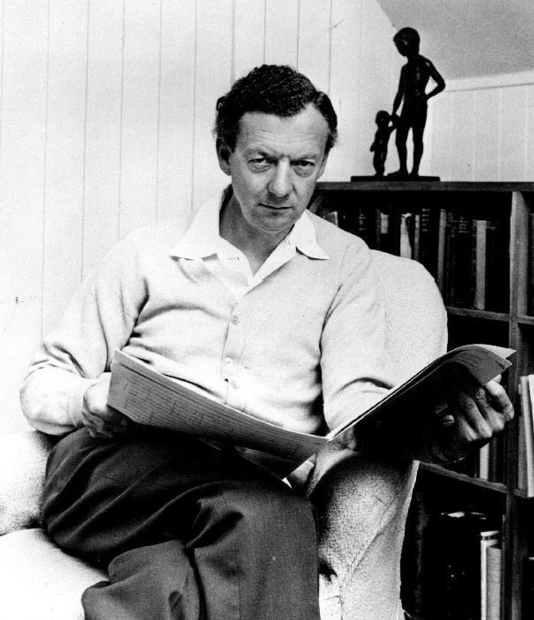
Spring Music Moment: Britten’s Spring Symphony
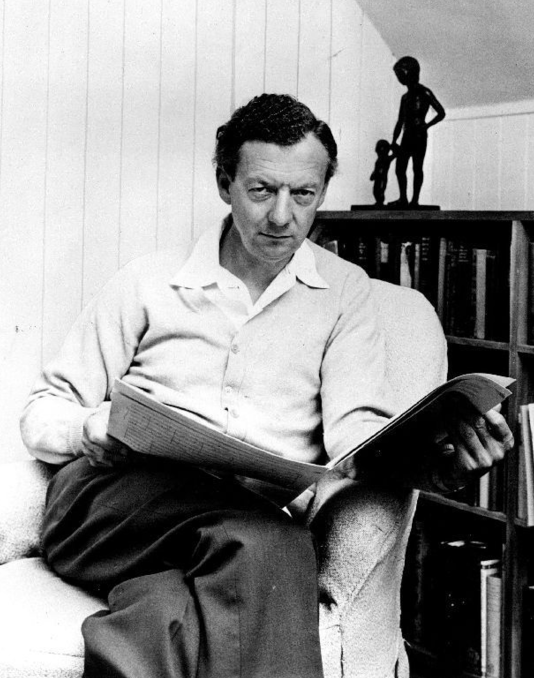
Unlike many of his contemporaries, Benjamin Britten did not devote much of his time to writing symphonies. It’s no wonder that when he did sit down to write his Spring Symphony, it resulted in a grand journey in 4 parts and 12 movements, harnessing the power of mixed chorus, boys’ choir, soprano, alto and tenor soloists and a massive orchestra including harp, tambourine and cow horn. Britten’s Spring Symphony takes us through the changing of the seasons and the power of that transition – both as a time of the year and a stage of life.
Britten’s ‘Spring’ masterfully combines the resilience of nature and the imagery of Elizabethan verse with his gift for writing for the human voice. The season doesn’t just magically appear with the turn of a calendar page – it arrives organically, in layers of sight and sound and emotion, as winter recedes. The Spring Symphony is, as the composer describes it, “the progress of Winter to Spring and the reawakening of the earth and life which that means.”
In all, he sets lines from a dozen different poets of 16th- and 17th-century England, along with a decidedly modern text by his friend W. H. Auden.
After an icy and mysterious ode to the sun at the outset, a setting of Thomas Nash’s text, Spring, the sweet Spring, captures the yearning for the season and the twittering of the birds.
In the slow movement, the composer introduces the Auden classic, Out on the lawn I lie in bed, with its psychologically complex mix of love and relaxation, memory and angst.
The finale welcomes the new season to London, with its interweaving of verses by three different authors and a mediaeval round, ending in an outburst of joy and gratitude, as expressed in a grand, wordless waltz.
Britten’s work on ‘Spring’ took a toll emotionally and physically – he even wrote to his publisher expressing that he had “gone through considerable agony of body and spirit.” But this strange, masterful work displays Britten’s gift for word-setting and a vision of past-meets-present, even as Europe was still emerging from the darkness of the Second World War.
Commissioned by and dedicated to the Boston Symphony and Serge Koussevitzky, and triumphantly introduced at the Holland Festival of 1949, this is a work about one particular season, and for all time.
Benjamin Britten’s Spring Symphony, a “Musical Moment” this month here on NWPB Classical.
Related Stories:
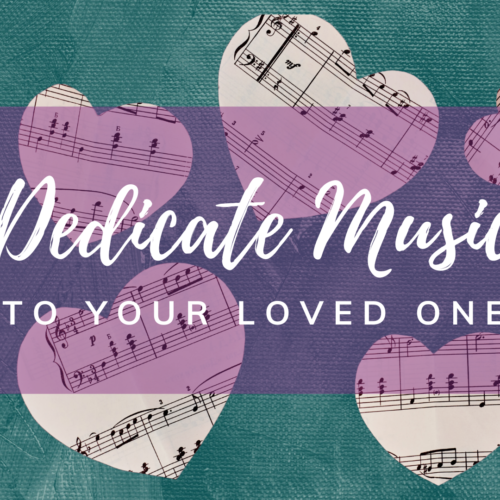
Dedicate Classical Music To A Special Someone This Valentine’s Day
Music can express and inspire so many emotions. That makes it a perfect way–a “heartfelt” way–for you to show your love and appreciation to someone who plays an important role in your life.
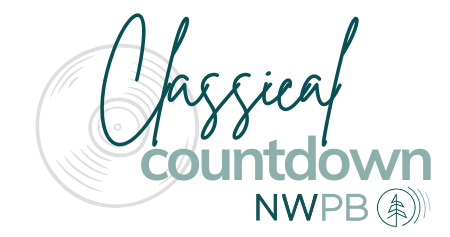
Vote For Your Favorite Music In NWPB’s Classical Countdown
What is your favorite symphonic movie score? Your favorite aria or overture? Whether it’s a well-known composition by Bach or Beethoven, or a hidden gem by a lesser-known composer, NWPB wants to know what pieces resonate with you.
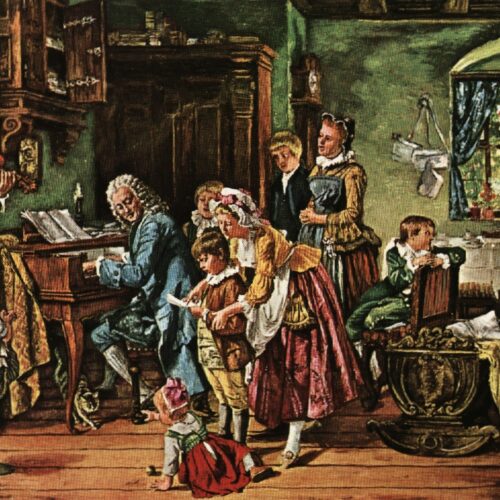
Women’s History Music Moment: Bach’s Daughters
You’ve heard so much about the sons of Johann Sebastian Bach, but there were daughters, too.
Bach was 23, and his wife Maria Barbara was 24, when the first of their children was born. They named her Catherina Dorothea. CD grew into a singer, and helped out in her father’s music work. Fifteen years passed, her mother died, her father remarried, and finally, CD Bach acquired a sister: Cristina Sophia Henrietta, daughter of Johann Sebastian and Anna Magdalena Bach. CSH died at the age of three, just as another sister, Elizabeth Juliana Frederica, was born. EJF Bach would grow up to marry one of her father’s students.















